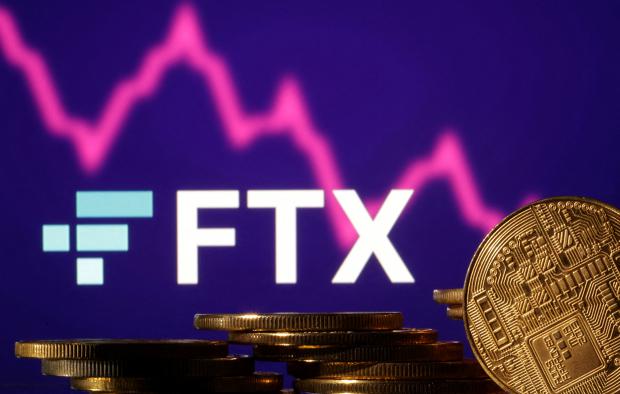
Breaking News
 Is DIY Spray Foam A Scam? I Tested It On A Shed
Is DIY Spray Foam A Scam? I Tested It On A Shed
 Senior Russian General Killed in Moscow Car Bombing
Senior Russian General Killed in Moscow Car Bombing
 Silver's Epic Rally Signals Bitcoin's Imminent Collapse
Silver's Epic Rally Signals Bitcoin's Imminent Collapse
 Tulsi's Assessment That Putin Doesn't Want To Conquer All of Ukraine Is Absolutely Correct
Tulsi's Assessment That Putin Doesn't Want To Conquer All of Ukraine Is Absolutely Correct
Top Tech News
 Travel gadget promises to dry and iron your clothes – totally hands-free
Travel gadget promises to dry and iron your clothes – totally hands-free
 Perfect Aircrete, Kitchen Ingredients.
Perfect Aircrete, Kitchen Ingredients.
 Futuristic pixel-raising display lets you feel what's onscreen
Futuristic pixel-raising display lets you feel what's onscreen
 Cutting-Edge Facility Generates Pure Water and Hydrogen Fuel from Seawater for Mere Pennies
Cutting-Edge Facility Generates Pure Water and Hydrogen Fuel from Seawater for Mere Pennies
 This tiny dev board is packed with features for ambitious makers
This tiny dev board is packed with features for ambitious makers
 Scientists Discover Gel to Regrow Tooth Enamel
Scientists Discover Gel to Regrow Tooth Enamel
 Vitamin C and Dandelion Root Killing Cancer Cells -- as Former CDC Director Calls for COVID-19...
Vitamin C and Dandelion Root Killing Cancer Cells -- as Former CDC Director Calls for COVID-19...
 Galactic Brain: US firm plans space-based data centers, power grid to challenge China
Galactic Brain: US firm plans space-based data centers, power grid to challenge China
 A microbial cleanup for glyphosate just earned a patent. Here's why that matters
A microbial cleanup for glyphosate just earned a patent. Here's why that matters
 Japan Breaks Internet Speed Record with 5 Million Times Faster Data Transfer
Japan Breaks Internet Speed Record with 5 Million Times Faster Data Transfer
WTF Happened with FTX (Part 1 of 3)

Ten days later the third largest Crypto exchange in the world was bankrupt and its founder was under international investigation for fraud.
In this article I'll go through how Crypto giant FTX fell apart. There is a lot of backstory to this situation which I'll cover in a following article, discussing the beginnings of Alameda research and the story of how a sketchy hedge fund turned into a major exchange.
As you've no doubt heard repeatedly this week, self custody of your Crypto is the safest approach until we know who is insolvent and the extent of the contagion. If you're not confident with self custody, Coinbase and Kraken seem to be the safest Crypto exchanges, but that is still a counterparty risk that I'm not willing to take personally in these market conditions.
The Balance Sheet Leak
The exclusive scoop from Coindesk looked bad for Alameda Research. The firm, which performed market making on FTX as well as taking directional bets and venture capital investments, seemed insolvent on a realized value basis.
Their balance showed $14.6 billion in assets held against $8 billion in liabilities. On paper solvent on a mark-to-market basis, but digging in there was no way that mark was reasonable.



